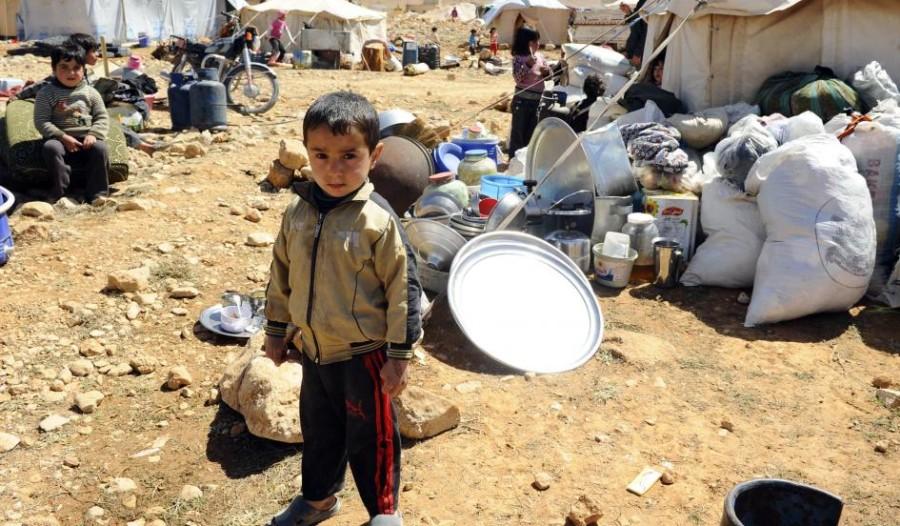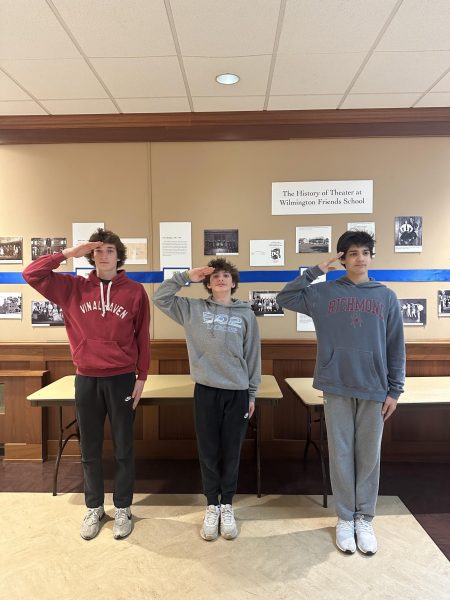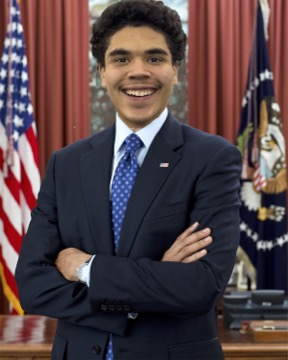Syrian Refugee Crisis Persists
Homecoming 2015: Freedom Issue
One consequence of conflict is human displacement. When a nation goes to war with another country, or with itself, people seek refuge from the fighting. Revolutions and wars have been fought in the name of peace and freedom, but like any other conflict, there are people who do not want to fight. These people are often forced to choose a side or flee. These refugees try to escape the fighting around them and are forced to leave their homes. Syria’s civil war between ISIS, a religious extremist group, and the government has created millions of refugees.
In Syria, thousands of people everyday try to flee their country because they feel that their living situation has gotten too unsafe for them and their families. Forced out by violence, the displaced Syrians run to the surrounding countries hoping for aid and a chance at a better life. However, leaving the country can be just as dangerous as staying in it. Refugees sometimes walk for hundreds of miles. They hide during the day, and flee at night, hoping to avoid getting shot by snipers or forced to fight for one side. When asked about the living conditions of Syrian reefugees, Mr. Ergueta, history/social sciences teacher, says, “The living conditions of the Syrian refugees can be compared to the Irish during the Irish Famine, when one third [of the population] had to leave the country. They stowed in log ships to get to the USA, meaning that they took the place of logs on the ships.” The Syrians’ have to survive inhumane conditions very similar to the Irish. The Syrian refugees have run to Jordan and Lebanon in an attempt to escape, but there are too many refugees for just Jordan and Lebanon to help. Syrians have also fled to Iraq and Turkey, but like Jordan and Lebanon, there are too many refugees for Turkey and Iraq to meet all of the displaced Syrians’ needs.
Some refugees are living in camps set up by the surrounding nations to meet the Syrians’ basic needs. One of the biggest refugee camps is Za’atari in Jordan. According to Mercy Corp, a refugee aid corporation, there are more than 80,000 displaced Syrians living in Za’atari, making it Jordan’s fourth largest city, but to call this huge collection of tents a city may be a stretch. The camp is located on a formerly barren desert and is made of acres of tents. There are makeshift shops that line a “main street” and some schools for children. Za’atari has provided a safe haven for many refugees, but it is not a permanent solution.
Many refugees move to urban areas in search for jobs, despite the language barrier, and shelter. According to Mercy Corps, there are about four million refugees registered with the UN, awaiting assistance. Already over crowded cities in Syria’s neighboring countries cannot support an influx of millions of Syrian refugees. Some Syrians have found shelter in old, abandoned buildings, where they endure harsh living conditions and little aid. One anonymous student comments on the refugees living conditions: “People should open their homes to them.” The refugees can not continue living without aid to help provide for their basic human needs.
However, for many Syrians still living in conflict zones and without aid, conditions are much worse. Low-income families struggle to meet basic requirements such as food and water and often live in places without running water or heating. Some Syrians have moved into abandoned storage sheds and chicken coops in search for shelter. The places they live have little to no sanitation, and diseases spread easily amongst the crowded Syrians.
The world has responded to this crisis, and now actions are being taken to combat tragic situation in Syria. Organizations like the UN and Mercy Corps are working to provide aid and shelter to the displaced Syrians. Syria’s neighboring countries are constructing better camps designed to make refugees feel more comfortable and at home. The USA has increased the limit on refugees allowed to enter the country in order to accommodate the growing number of displaced Syrians. When asked about what she knew about the Syrian refugees conditions, anonymous replies, “If everyone helps one refugee there wouldn’t be a problem.” Each day more and more refugees are created by Syrian civil war, and those refugees need the help of others if their basic needs and rights are met on a day to day basis.







































